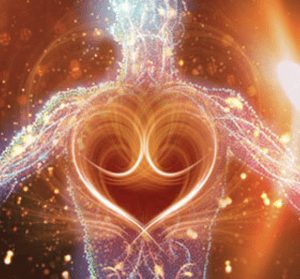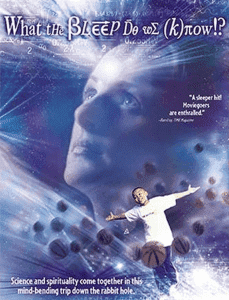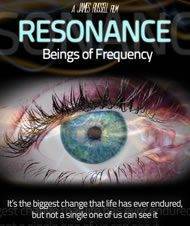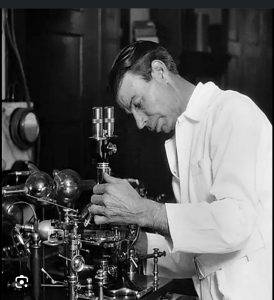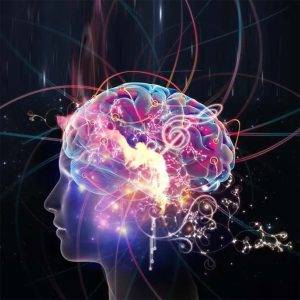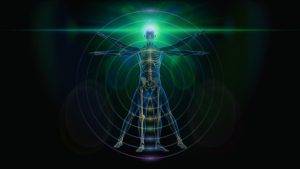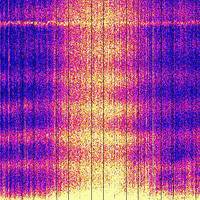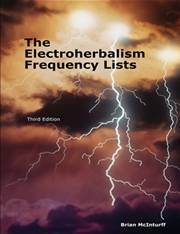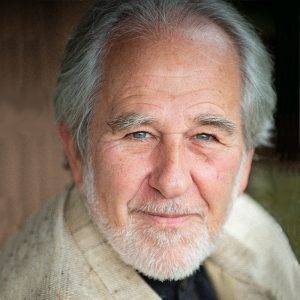For centuries, cultures around the world have harnessed the power of the mind to heal the body. Indigenous healers, family remedies, and traditional practices were grounded in the belief that the mind plays a vital role in health. Today, science is catching up to what ancient wisdom knew well: our thoughts, beliefs, and emotions are intricately tied to our physical health.
The Science of Telomeres and Thoughts
One of the most groundbreaking areas of study that links mind and body comes from research on telomeres, the caps on our chromosomes that protect DNA. Nobel laureate Elizabeth Blackburn and psychologist Elissa Epel found that chronic stress and negativity wear down these protective caps, accelerating aging and heightening disease risk. Their research, detailed in The Telomere Effect, shows that positive mental practices like mindfulness, optimism, and even laughter may actually extend telomere length, acting as biological “shields” against the effects of aging.
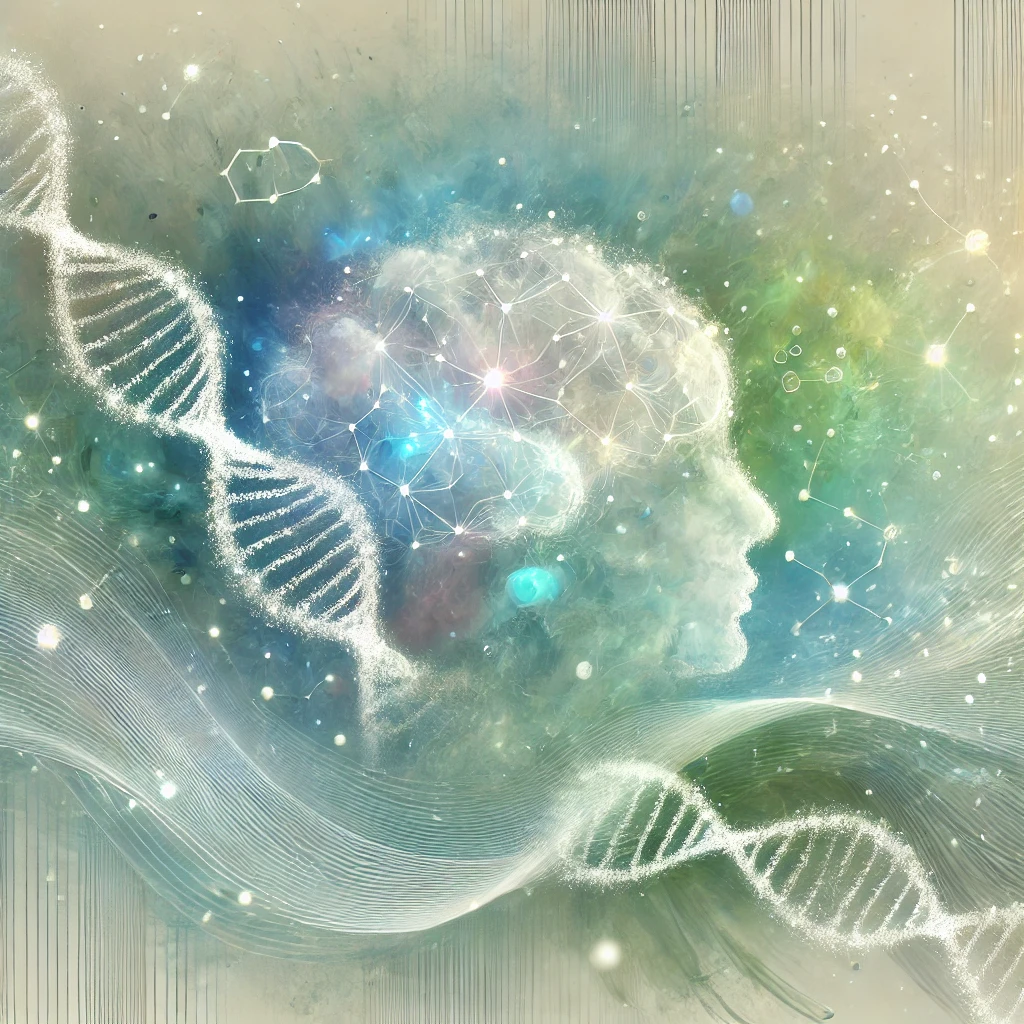
Where thoughts resonate, healing begins within.
A study on caregivers, often highly stressed individuals, showed that those who practiced regular meditation experienced significantly less telomere shortening than those who didn’t. These findings suggest that by fostering positive thoughts and emotional well-being, we can protect our DNA and potentially extend our lifespan.
Biofield Theory: The Body’s Energy Symphony
Another area gaining traction is the biofield—a concept that views the body as an energy system, vibrating with frequencies. Though it sounds mystical, the biofield is an ancient idea in Indigenous and holistic medicine. Practices like acupuncture, sound healing, and Reiki are all aimed at “retuning” this biofield to restore balance and health.
Modern science has started to test these concepts. Researchers at the University of California, San Diego, conducted experiments showing that Reiki practitioners could affect biological markers of stress and anxiety, suggesting that energy-focused practices may influence physical health. Sound healing therapies, which use vibrations to stimulate the biofield, are being used in hospitals to help reduce anxiety and manage pain, demonstrating that frequency-based healing can have tangible effects.
Thinking as Medicine: Mental Practices with Real Results
It’s one thing to talk about ancient practices; it’s another to measure the impact of thoughts on physical health. Numerous studies now support the idea that mental practices can influence health:
- Stress Hormones and Mindfulness: Mindfulness meditation has been shown to reduce cortisol, the body’s stress hormone. In a study by Harvard researchers, people who practiced daily mindfulness exercises had lowered cortisol levels, leading to improved blood pressure and decreased inflammation.
- Pain Perception and Visualization: Athletes have long used visualization techniques to mentally “rehearse” peak performance. Now, this practice is used in pain management clinics, where patients visualize their pain as a separate entity they can “move” or “diminish” with their mind. Research shows that such mental imagery can alter pain perception, empowering patients to manage chronic pain without high doses of medication.
- Immune Function and Positive Thinking: Studies have also examined how optimism affects immune response. In one study, researchers observed that optimistic participants had higher levels of immune-supporting white blood cells. Individuals who practiced gratitude journaling—a simple act of recalling positive memories—had lower rates of infections and colds than their pessimistic peers, indicating that positive thinking boosts immunity.
- Blood Pressure and Heart Health: A recent study from the American Heart Association found that individuals who practice regular relaxation techniques, including controlled breathing and progressive muscle relaxation, showed significant reductions in blood pressure and improved heart rate variability. This suggests that relaxation exercises, when combined with positive thinking, can significantly improve cardiovascular health over time.
The Role of Visualization and Affirmations in Cellular Healing
Beyond physical effects, scientists are now examining how visualization and affirmations can impact cellular health. Dr. Joe Dispenza, a former chiropractor who recovered from a severe spinal injury through meditation and visualization, is a notable advocate of the mind-body connection. He combines scientific insights with personal stories to explore how focused visualization can affect health.
In his workshops, participants visualize their body’s cells regenerating and healing. Dispenza claims, supported by anecdotal reports and some initial research, that individuals have experienced recovery from ailments like autoimmune disorders and chronic pain through intensive mental focus. While more research is needed, these stories illustrate the potential for the mind to play a role in bodily repair.
Biofeedback and Technology-Enhanced Mind Healing
Today’s technology is bridging traditional practices with science. Biofeedback machines, which monitor physiological signals, allow people to learn how to control heart rate, skin temperature, and other indicators of stress. These devices provide real-time feedback, helping users see the impact of positive thinking and relaxation techniques on their body. With biofeedback training, people can learn to regulate these responses, essentially using their mind to calm the body.
A 2022 study published in Psychophysiology found that individuals who trained with biofeedback devices over several months experienced better heart rate variability and stress resilience, underscoring the connection between mental state and physical outcomes.
Healing the Biofield: Why Frequency Matters
Sound healing has become a popular practice, where patients lie in a relaxed state while being exposed to specific frequencies aimed at “harmonizing” the body. Hospitals have introduced sound therapy as a complementary treatment for anxiety, with studies indicating reduced levels of stress hormones in patients who receive these sessions.
One intriguing finding involves the use of low-frequency sounds, akin to those found in nature, to stimulate healing. Patients have reported feeling more relaxed, less anxious, and in some cases, experiencing pain relief, all from exposure to these sounds. The theory is that sound waves stimulate the body’s biofield, encouraging balance and natural healing processes.
How to Use Thought-Driven Healing in Your Life
While the science behind thought-driven healing is still developing, there are simple practices you can incorporate into your life:
- Daily Meditation: Even five minutes of mindfulness can lower stress, helping to reduce the wear and tear on your telomeres.
- Visualization Exercises: Try visualizing your body as healthy and strong, picturing cells regenerating, or envisioning a specific area of discomfort releasing tension.
- Gratitude Journaling: Spend a few minutes each day recalling positive experiences or listing what you’re thankful for. This practice has been shown to boost immune response and mood.
- Affirmations and Positive Self-Talk: Repeating positive statements to yourself can help reshape your mindset, making it easier to cultivate healthy habits and a sense of well-being.
In a world where science and ancient wisdom are beginning to converge, we’re discovering that the mind may be more powerful than we ever imagined. By embracing practices that harmonize the mind and body, you may not only improve your health but also unlock your potential as an active participant in your own healing journey. It’s a reminder that perhaps, just perhaps, health lies within our thoughts, waiting to be tapped.


